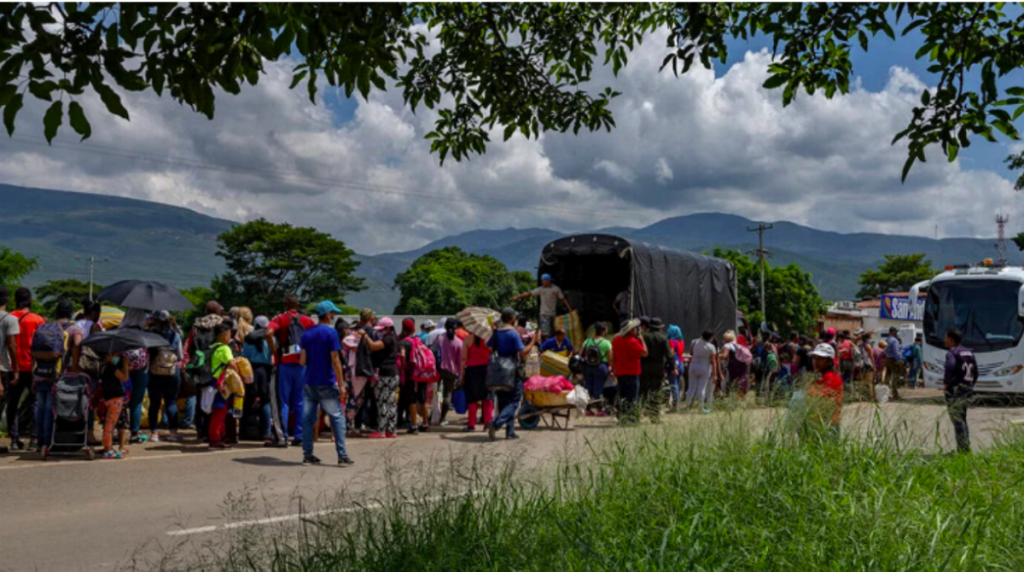
Central America, and particularly Mexico, have traditionally served as transit points for Latin Americans seeking the Sueño Americano. But the last few years have witnessed a striking increase in the number of migrants coming from a more varied set of countries—Chinese, Haitians, Cubans, Afghans, Russians, Ukrainians—who are now traveling north, often through the treacherous Darién Gap and then through Central America and Mexico toward the U.S. border. This report analyzes the dramatic surge in transit migrants in the region, the causes for the increase in migrants, and the impact on the governments of the transit countries. The report concludes with policy recommendations for governments in the region, including the United States, and other international and civil society organizations. This was a joint effort of Georgetown’s Institute for the Study of International Migration, the Center for Latin American Studies and the History Department and was funded by the Georgetown Americas Institute. The Spanish version of the report is available here. Para leer en español. See here for comments by Ariel Ruiz and Margarida Loureiro.